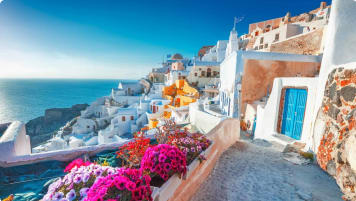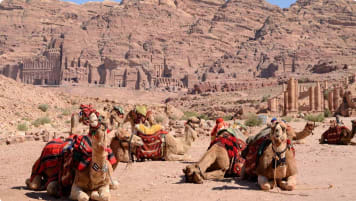Islam in the Mediterranean During the Early Middle Ages
Article discusses the arrival of Islam in Mediterranean region with a focus on Istanbul and Turkey. The relationship to the merchants of Venice and the crusades should also be considered in this period of change. Join a Odyssey Traveller small group educational tour for senior couples and mature solo travellers to learn more.
13 May 22 · 12 mins read
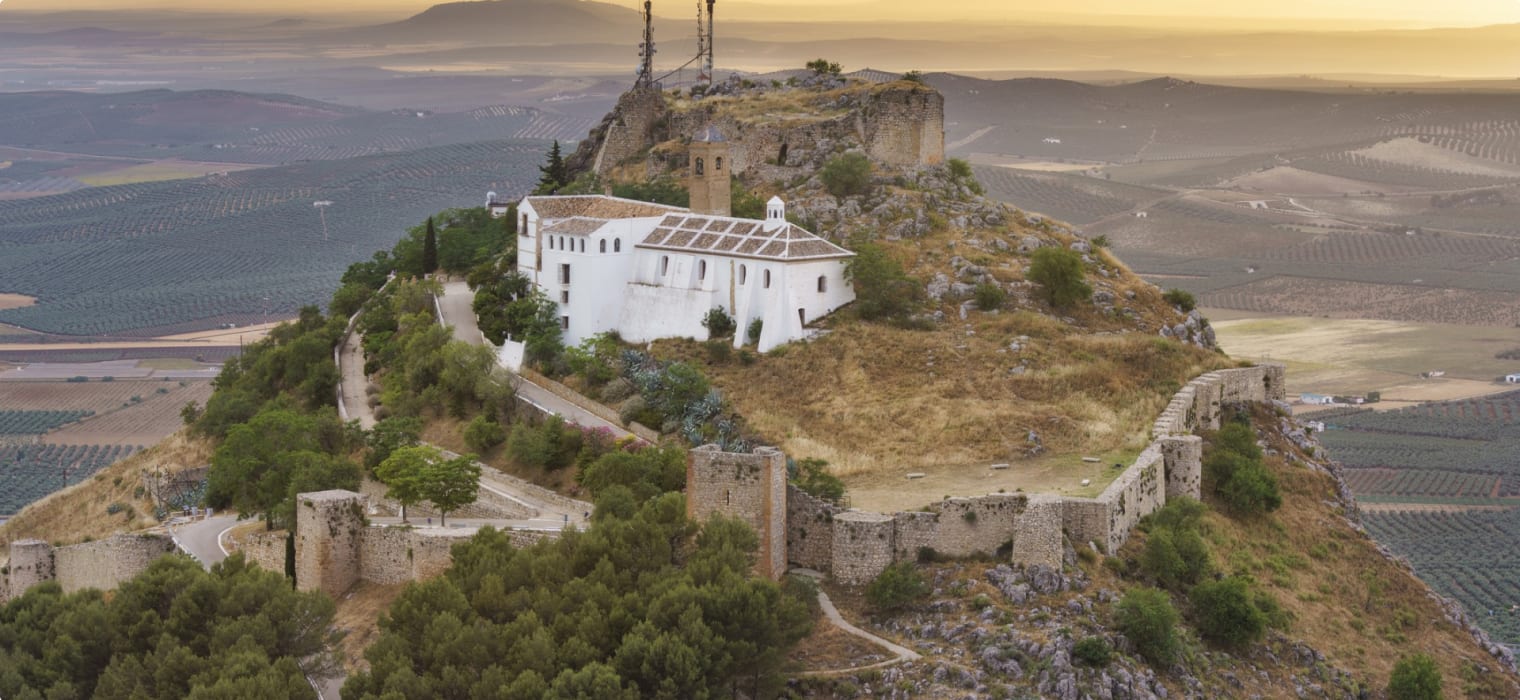
Islam in the Mediterranean During the Early Middle Ages
In the early 7th century, a religious and political power emerged that would transform the early medieval Mediterranean world. Although it was not born in the Mediterranean region, Islam interacted it from its earliest days through trade, conquest, and conversion.
Muslims believe that Islam was first revealed to the Prophet Muhammad (670-632) in 612 in Medina. From then on, he would dedicate the rest of his life to spreading the faith, serving as a political leader and religious guide to the Islamic people. The aim of the Muslims during this time was to convert the pagan peoples of Arabia and submit or convert the Arabian Jewish tribes.
After Mohammad’s death in 632, his successors rapidly and extensively expanded the religion, creating caliphates occupying a vast geographical area. From its origins in the the Arabian Peninsula (in the cities of Mecca and Medina), the religion spread to North Africa, West Africa, to the Middle East, and south to Somalia. Moving across the Mediterranean, Muslim forces took control of the Iberian Peninsula in 711, with conquests and raids into Sicily and Southern Italy following from the 800s.
By the middle of the 9th century, the religion had expanded to dominate the eastern, southern, and western shores of the Mediterranean sea. At both ends of the sea, and in the islands and peninsulas between, the boundaries between the Christian and Muslim worlds had been established.
This article explores this expansion of the Islamic Mediterranean during the Early Middle Ages as background reading for Odyssey Traveller’s tours of the Mediterranean. We offer various small group tours for senior and mature travellers to locations across the Mediterranean, including Spain, Italy, Malta, Morocco, Tunisia, Egypt, Turkey, and Greece. For more information, click here, and head to this page to make a booking.
Much of the information from this article is drawn from David Abulafia’s The Great Sea: A Human History of the Mediterranean and Hugh Kennedy’s ‘The Mediterranean frontier: Christianity face to face with Islam, 600–1050’.

The Eastern Mediterranean
Following his death in 632, Mohammad’s successors – the early ‘deputies’, or Khalifas (caliphs) – immediately began the Muslim conquests of the Christian lands of the eastern Mediterranean. Already by the end of 636, the Khalifas’ armies had successfully captured Damascus and much of Syria and Palestine, with the fall of Jerusalem following soon after. Caesarea, the last major city of the eastern shore of the Mediterranean to fall to the Muslim armies, was taken in 641.
Early Islam was able to win converts among the Christians of Syria because many were disaffected members of Monophysite churches persecuted by the Greek Church. Many adherents of eastern Christian sects recognised the familiarity of aspects of Islam, resulting in their steady assimilation into the new religion. The Muslims accepted Jesus, or Isa, as the greatest prophet after Muhammad, and accepted the Virgin Birth, while also insisting that Isa was only human. Other features of Islam recalled Jewish practices, notably the ban on eating pork, regular daily prayer (five times in Islam, three times in Judaism) and the lack of a priestly caste in charge of religious rites.
The Muslim view was that the Hebrew Bible and the New Testament were corrupted texts out of which the foretelling of the arrival of the greatest prophet had been edited. On the other hand, it was recognized that Jews and Christians, the ‘Peoples of the Book’, worshipped the same God as the Muslims. What emerged from this was the concept of the dhimmi: Christians and Jews, in return for the poll-tax, or jizyah, were guaranteed the right to worship, so long as they did not attempt to convert Muslims to their faith.
The furthers Islam political control expanded in the eastern Mediterranean was into the base of the Anatolian peninsular, what is now southern Turkey. Despite repeated and very damaging raids, the Muslims were never able to establish a permanent presence north of the Taurus Mountains and, indeed, they only made very sporadic attempts to do so. The attempts that were made to seize Constantinople, with sieges taking place in 669, 674-80, and in 716-17, were all unsuccessful.
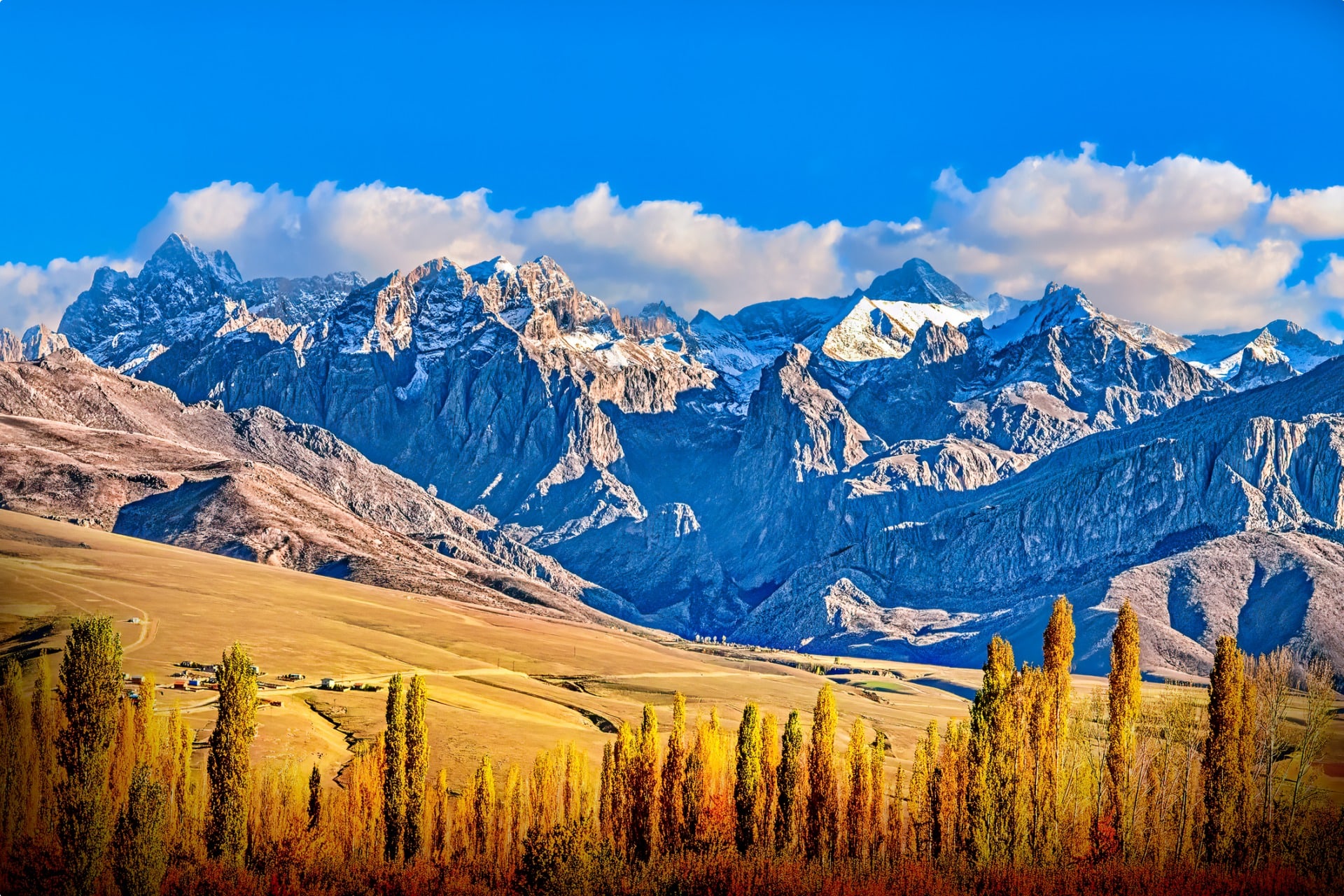
Until the failure of the last expedition against Constantinople, the Christian-Muslim frontier itself was vague and largely demarcated. Byzantines and Arabs were separated by areas of what was essentially no-man’s land, only sparsely populated and rarely fortified. The failure to take Constantinople seems to have resulted in a significant change in policy. The late Umayyad caliphs and their early Abbasid successors made a conscious decision to fortify the frontier and establish garrisons and key points in the valleys and plains to the south of the main Taurus range.
Kennedy writes, “In the East, by the mid-ninth century, if not before, the Christian–Muslim frontier had reached a kind of stasis: hostility combined with a sort of mutual respect provided a sort of stability.”
Eventually, during the second half of the tenth century, the balance of power and initiative in the East began to shift in favour of the Christians. The main reason for this was the disintegration of the Abbasid caliphate from the 860s onward. This led to power in the frontier provinces being taken over by local lords. They could no longer rely on the fiscal and military support of the rulers of the Muslim world, and their own puny resources were completely inadequate for opposing the resurgent power of the Byzantine armies under the Macedonian dynasty.
North Africa
The Islam Khalifas moved into North Africa in the same way as the Eastern Mediterranean. From as early as 641, they began pouring into Egypt under the commander Amr ibn al-‘As. The fall of Egypt to an Arab army of perhaps 12,000 soldiers was rendered easier by the hostility of the local Christians towards Orthodox Byzantium. The religious community could still persist under an Arab Muslim domination more tolerant than that of Byzantium.
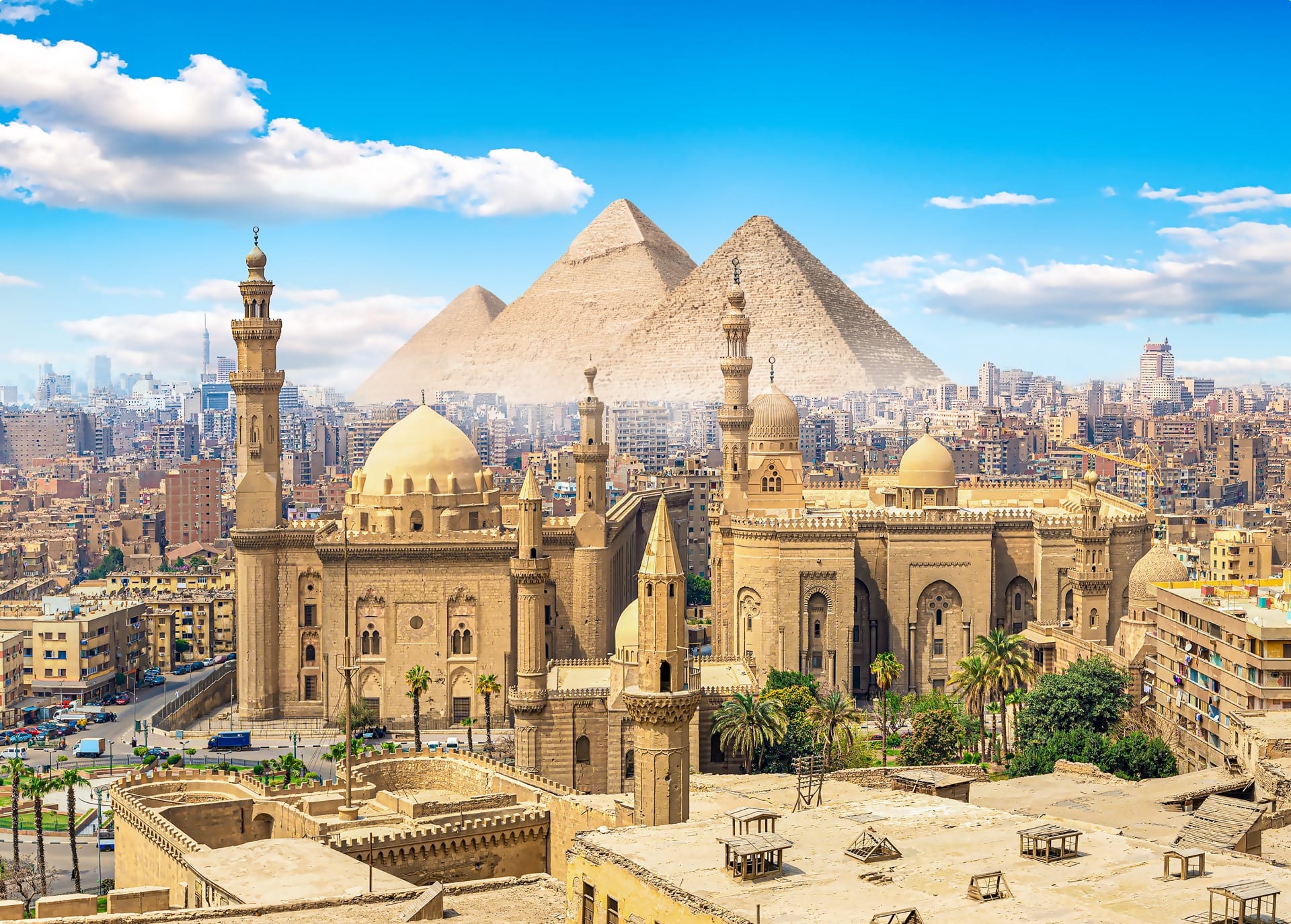
At first the Arabs looked from Egypt not towards the Mediterranean but southwards to Nubia, wanting to occupy lands close to the Red Sea in order to consolidate their hold on Arabia. It was only after they were rebuffed in Nubia that they turned west to Cyrenaica, entering the lands of the Berber tribe (the native population of North Africa).
This was an important move. While Cyrenaica and the province of Africa remained under Byzantine rule, there was always the danger that they would serve as bases for a war of recovery aimed at Egypt. To prevent this, the Arabs needed to gain control of the coastlines and harbours of the North African coast, and this was possible only with the help of large contingents newly arrived from Yemen, and of the newly converted Berbers themselves.
The first Muslim invasion of Byzantine North Africa commenced in 647, with the invading army taking Tripolitania (in present-day Libya). Then between 665 and 689, a second wave of invasions took place, with the Islamic armies gaining control of the towns of the old Roman province of Africa or, as they called it, Ifriqiya (today’s western Libya, Tunisia, and eastern Algeria). In 670, the Arab general and conqueror Uqba ibn Nafi established the city of Kairouean (in modern Tunisia) as the province’s capital to launch further conquests westwards. The invasion of Morocco followed in the 680s.
After initially being pushed back, a renewed invasion of Ifriqiya commenced in the 690s. In 698, hemmed in by land, and without adequate support from Constantinople, the major Byzantine city Carthage was besieged by an Arab army of 40,000 troops brought from Syria and elsewhere, joined by perhaps 12,000 Berbers. With this, they put an end to Byzantine Africa. By 703, Muslim forces had moved all the way westwards to take Tangier and reach the Atlantic Ocean. Their conquest of North Africa was complete.

Iberian Peninsula
The conquest of much of the Iberian Peninsula followed on from Africa from 711 to 716 under the (mostly Berber) troops mobilized by the Muslim general Tariq ibn Ziyad. Their arrival coincided with a period of internal disorder within the state and society established in the Iberian Peninsula by the German Visigoths, who had taken over the region from the Romans three centuries earlier. Seizing the opportunity, the Muslim army led brilliant campaigns to occupy the cities of Toledo (the Visigothic capital), Zaragoza, León, Pamplona, and Barcelona.
Just five years after Tariq disembarked, a large part of Hispania was under the control, albeit patchy, of the Arabs and Berber. The speed and relative ease with which the conquest proceeded was largely due to the skill of the Muslims. Using the same tactics as in the Orient in the seventh century, they offered their conquered highly favourable terms to live under them to ensure their rule was accepted.
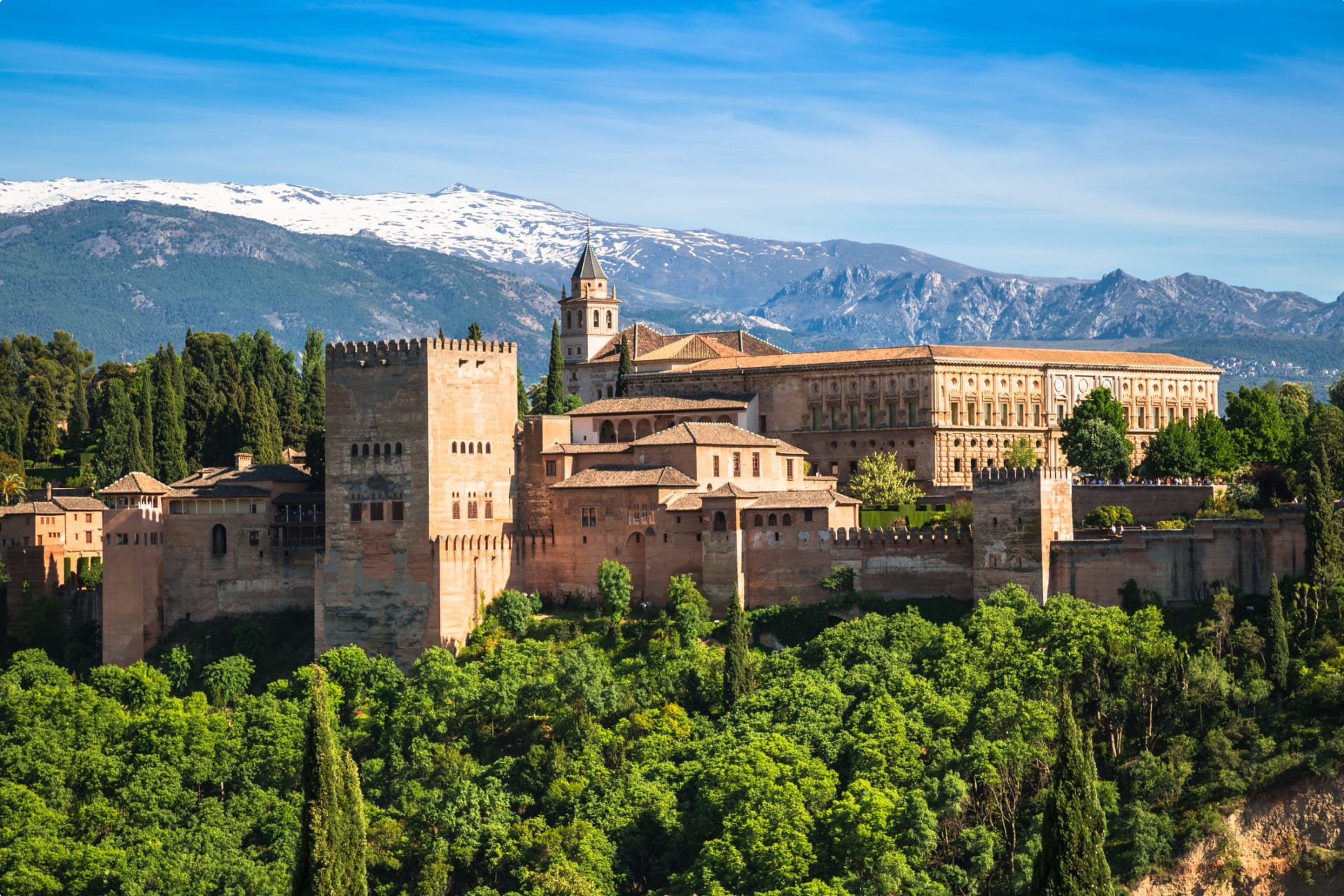
By 720, the Muslim armies had gone on to conquer the southern and central regions of the peninsula as well. They then continued to raid further north, over the Pyrenees and into southern France. In 725, they occupied Narbonne, Nîmes, and Carcassonne, before proceeding up the Rhône valley to reach Bourgogne, whether they torched Autun. Their advances were eventually checked in 732 at Poitiers by the Franks under Charles Martel (732), forced to retreat to Narbonne.
In any case, Muslim control of the Languedoc (the area between the Pyrenees and the Rhône) was very tenuous, and the Franks were skilful enough to exploit an internal crisis in al-Andalus (the Muslim-ruled area of the Iberian Peninsula) in the middle of the eighth century to recover Narbonne in 759.
The great crisis of 740-755 in al-Andalus was caused due to inevitable conflict between the far-off state of Damascus and the conquerors. Berber revolts in the early 740s led to the collapse of the authority of Damascus over the western provinces of the Maghreb (north Africa) and al-Andalus, This was exacerbated by confrontation between those Muslim Arabs who had arrived in the region first and successive waves of immigrants. Conflicts over land ownership, and ethnic strife between different Arab groups, as well as Arabs and Berbers, erupted.
In 750, after the Umayyad dynasty was overthrown in Damascus by the Abbasids, the Umayyad Prince Abd al-Rahman I fled to Al Andalus. Here, he and his supporters quickly conquered Málaga and then Seville, before finally besieging the capital of Al Andalus, Córdoba, and creating a new Islamic state in the area. This was the start of a distinctly Spanish Muslim society, where large Christian and Jewish populations coexisted with an increasing percentage of Muslims.
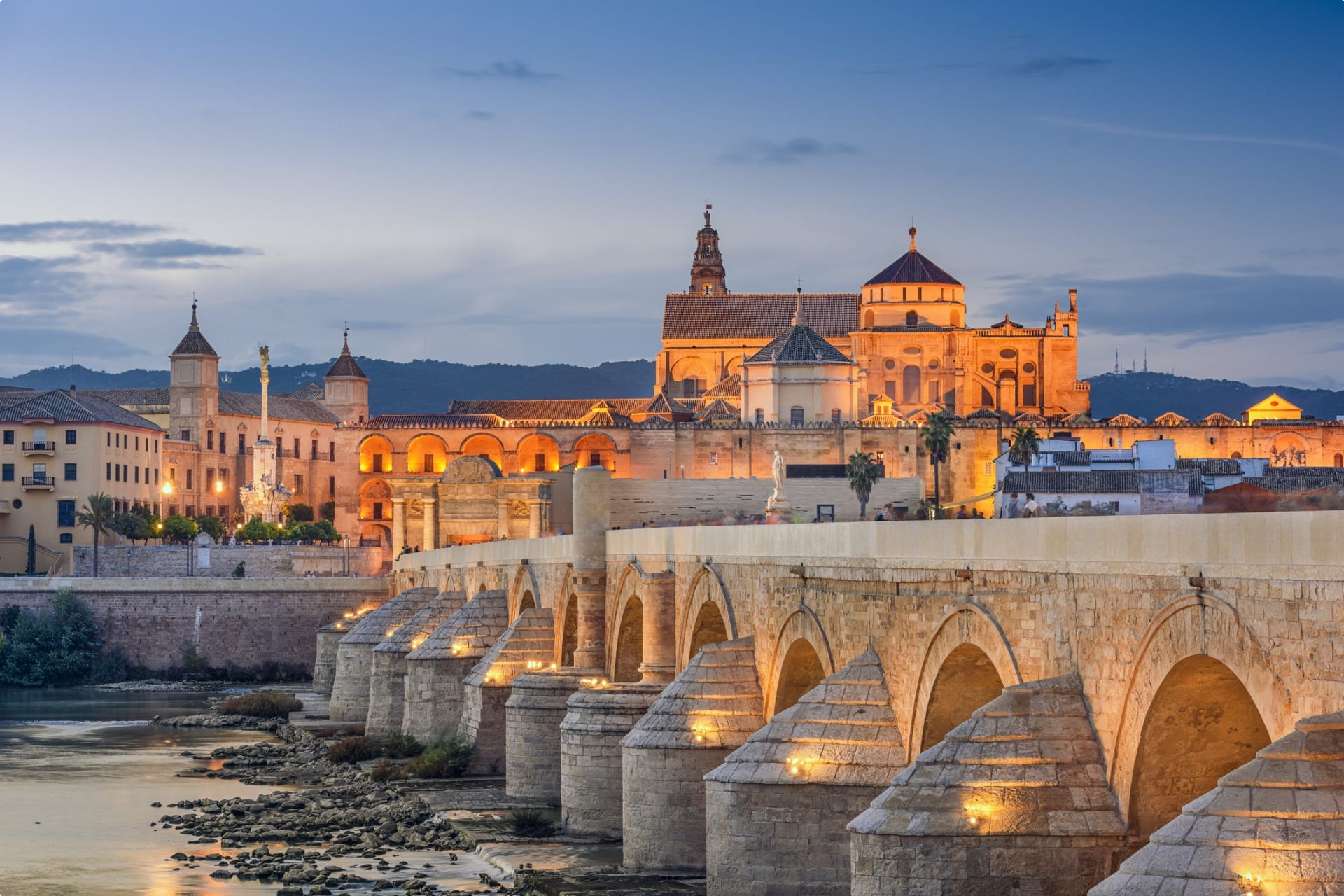
Meanwhile, Christian armies started pushing back the Muslims southwards over the Pyrenees, until in 801 Charlemagne established the Spanish March. This was a military buffer zone stretching from Barcelona to present day Navarre that served as a defensive barrier between the Umayyad Moors of Al-Andalus and the Frankish Carolingian Empire. Over the next three centuries, the battle lines, and frontier between Muslims and Christians, swung back and forth in Northern Spain.
Sicily and Southern Italy
Although the invasion of Spain by Arab and Berber armies in 711 had involved few naval operations, the rest of the eighth century saw Muslim fleets gain in confidence in the western Mediterranean. Then from around 800, the safety of this region deteriorated seriously, with naval skirmishes erupting all over.
Muslim naval power was based on the exercise of piracy. From the coastal strips, which languished on the fringes of political control, numerous pirate expeditions set sail for the islands and coasts of the western Mediterranean throughout the ninth century. The expedition against the Balearic Islands (798 and 799), which possibly set sail from the eastern coasts of al-Andalus fits into this category. So do the incursions against Corsica and Sardinia (from 806 to 810), Pantelleria (806), Ponza, Ischia and Lampedusa (812), Civitavecchia (813), and so on.
Often, at first, the Muslim navies were more intent on grabbing booty (including captives, whom they would put on sale) than in trying to extend the dominion of Islam. But Muslim expansion did occur, first with the conquest of Crete in 827, where they founded an independent emirate which lasted until the Byzantine reconquest of the island in 961.
The Muslim conquest of Sicily also began in 827, with an expedition made up of Arabs, Berbers and Andalusians, and led by the prestigious jurist Asad ibn al-Fur ̄who set sail from Sousse in Tunisia. The conquest, however, was slow and laborious, with the old creek colony resisting the Muslims’ assaults for a further 75 years until the final fall of Taormina in 902. Muslim Sicily then remained a jihad state with a very underdeveloped administration until well into the 10th century.
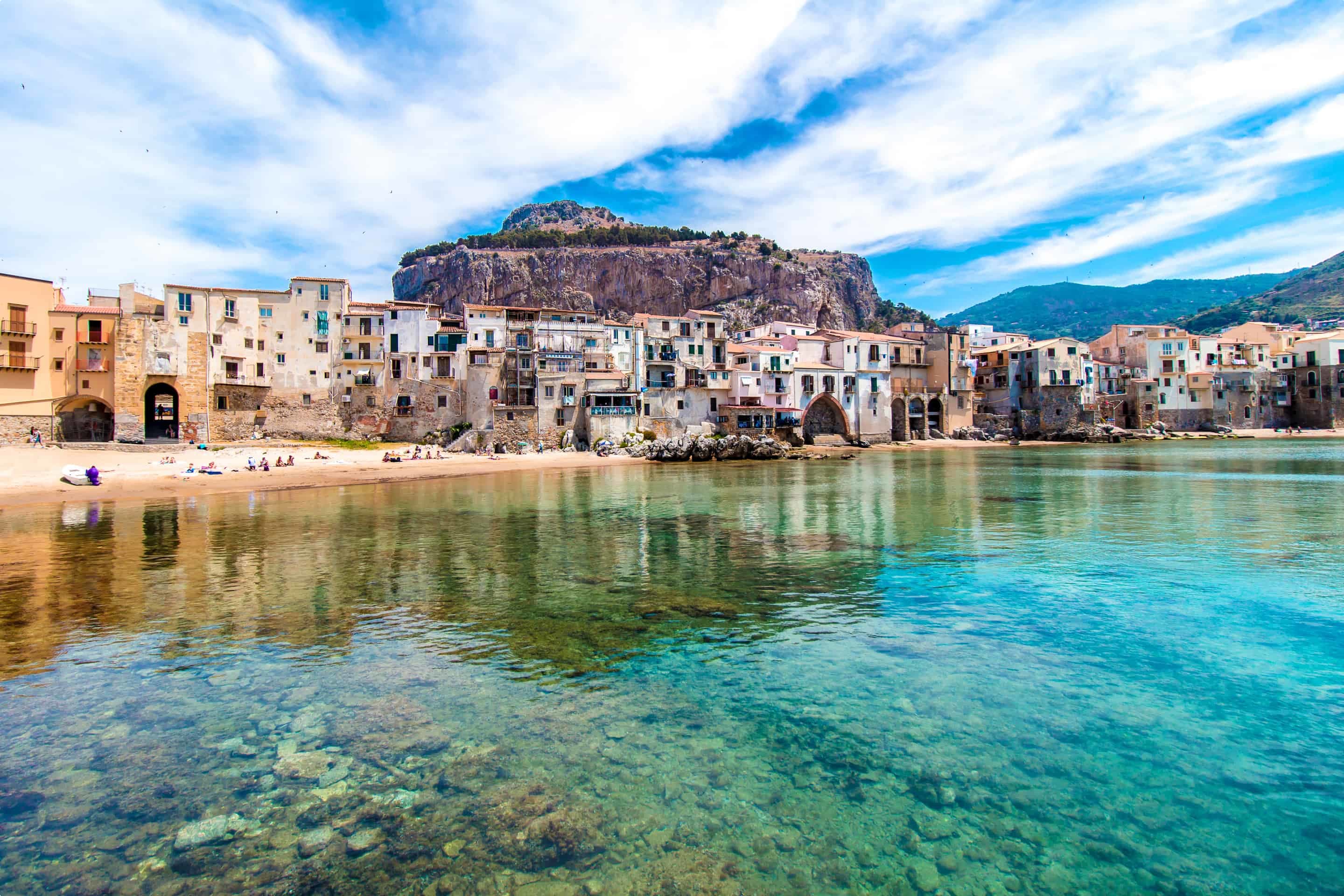
Around the same time (870), the conquest of Malta, which had been overrun by the Muslims in the early ninth century, was finalized. Here the occupation was swift and absolute and the process of Islamization equally profound. The Arabic language, from which Maltese is derived, reigned supreme.
The Muslims also confronted the Christians on the mainland of southern Italy. Here they were aided by rivalries among Byzantines, the papacy, and Lombard dynasts, which set principalities and cities against one another. Thus, the Arabs were able to sack Taranto and Bari in 840 and Brindisi in 841, and the three cities then declared themselves independent emirates in 847. Thence from Bari thence, expeditions against the Italian and Greek coasts were launched, lasting until 781, when finally the Franks and the Byzantines learned to work together long enough to expel the Muslims. The death of the Emir Abrahim II of Ifriqiya in an unsuccessful attempt to take Cosenza in Calabria in 902 marked the end of any serious Muslima attempt to conquer southern Italy.
It did not, however, mark the end of raids or Christian-Muslim confrontation in the area. The most famous centre of conflict was the Muslim base established in about 881 at the mouth of the Garigliano River, where the community maintained itself by raiding far into the interior. It was not until 915, when the papacy was able to put together an alliance of Lombard and Byzantine forces and secure the neutrality of Gaeta and Amalfi, that the Muslim base was finally destroyed. Thereafter, there were occasional Muslim raids on southern Italy, such as the one which sacked Taranto in 928, but Muslim pressure became sporadic.
Peaceful Trade
Not all contacts between Christians and Muslims happened at the level of political conflict and the expansion and contraction of territories. Close trading links also developed with Constantinople, Asia Minor, and the Byzantine Aegean, and with several Italian ports that lay under loose Byzantine suzerainty, notably Venice and Amalfi.
From around 700, there was strong demand for goods either produced in the Muslim world or transported through it. Silks, for example, were coveted luxury items. Popes in the late eighth and early ninth centuries were particularly lavish givers of silks as rewards and diplomatic gifts. Spices like pepper and cinnamon were also highly valued, not just to flavour food, but as ingredients in medicines and potions. Some of the recipes for these potions were themselves of Muslim origin.
Perhaps the most distinctive import though was incense. Incense was very important in the rituals of both Carolingian and Byzantine churches and clearly large quantities were consumed. True incense, however, comes from a very restricted geographical area in south Arabia and the horn of Africa. It could only have been brought to the Mediterranean and thence to Christian lands by Muslim merchants.

Christendom, meanwhile, certainly exported products such as furs and timbers to the Islamic world. The main commodity, however, was slaves. From the mid-eighth century onward, there was an apparently endless demand for European slaves in the countries of the Islamic East, commanding a high price. Christian and Muslim merchants alike could make massive profits buying on the northern shores of the Mediterranean and selling in the south.
The main entrepot was Venice where Muslim merchants would come to purchase slaves from eastern Europe, but there was also more informal trading in other Italian ports like Naples and more simply on the beaches where people captured in local raids would be brought for sale. Many of the slaves who passed through Venice were Slavs from eastern Europe, captured or purchased there, and then sold in Venice. While the church made repeated attempts to prevent the sale of Christians into Muslim hands, many of the Slavs were pagan and so could be bought and sold with any easy conscience.
Tour of the Mediterranean
Odyssey Travellers conducts tours to various locations throughout the Mediterranean influenced by the Islamic presence during the Early Middle Ages. Our popular tours include:
- Moors in Spain Tour (17 days)
- Ancient History of Southern Italy & Sicily (22 days)
- Mediterranean Islands Small Group Tour | Malta, Sicily, Sardinia and Corsica (25 days)
- Santorini – Crete: Eastern-Mediterranean Islands Short tour (10 days)
- Tour of Tunisia (15 days)
- Small Group History & Culture Tour of Egypt
Odyssey Traveller has been serving global travellers since 1983 with educational tours of the history, culture, and architecture of our destinations designed for mature and senior travellers. We specialise in offering small group tours partnering with a local tour guide at each destination to provide a relaxed and comfortable pace and atmosphere that sets us apart from larger tour groups. Tours consist of small groups of between 6 and 12 people and are cost inclusive of all entrances, tipping and majority of meals. For more information, click here, and head to this page to make a booking.
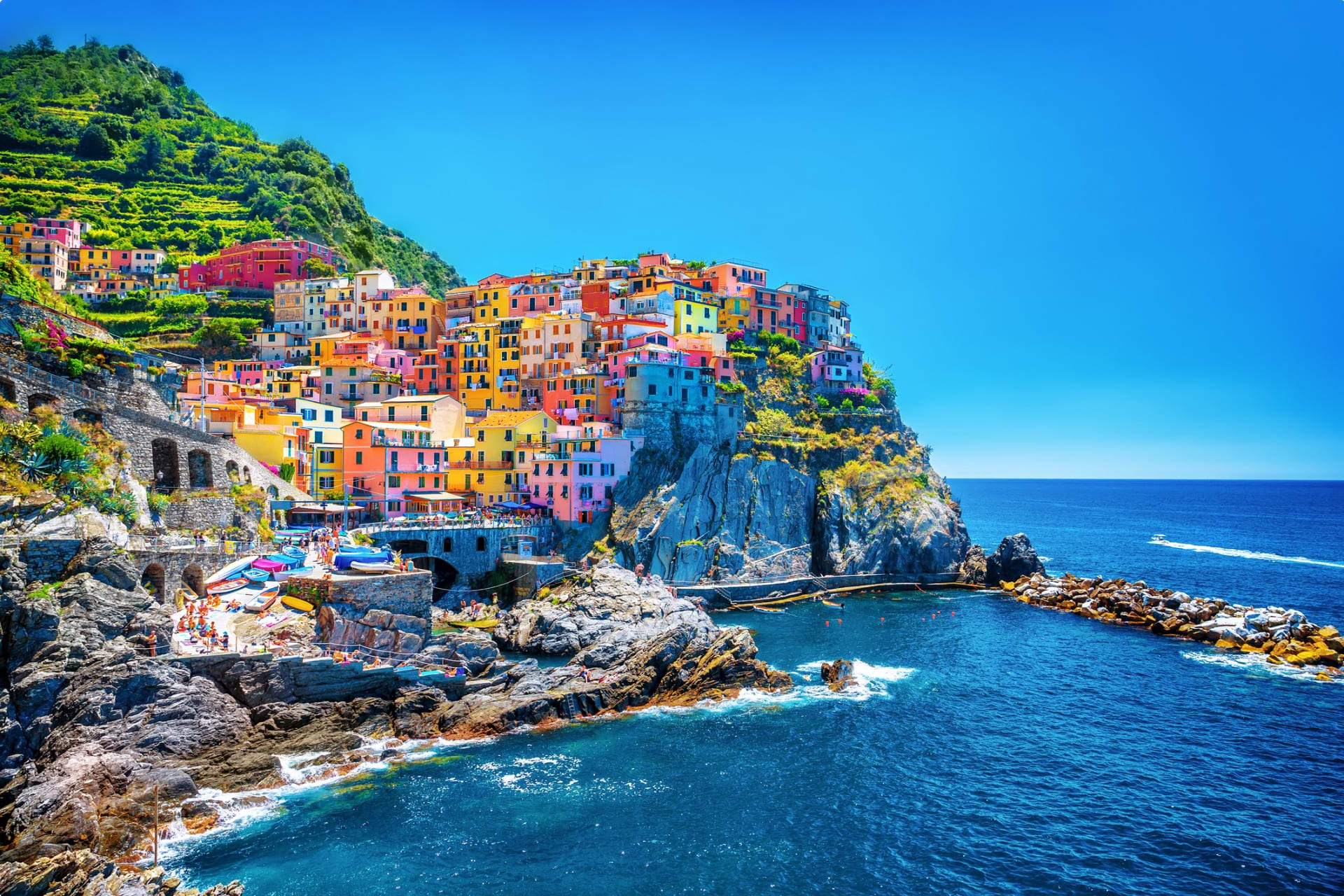
Articles published by Odyssey Traveller about the Mediterranean
The following articles may also be of interest:
- Elements of Mosque Architecture
- Early History of Sicily: From the Phoenicians to the Arab Conquest
- Southern Italy
- Empires Crossing the Mediterranean: 1130-1300
- 15 of the Best Places to Visit in Spain
- Turkey: From Anatolia to the Ottoman Empire: The Definitive Guide for Travellers
For all the articles Odyssey Traveller has published for mature aged and senior travellers, click through on this link.
Links to External Sites About the Mediterranean
Learn more about the Mediterranean before you travel with these articles and links to external sites.
Related Tours
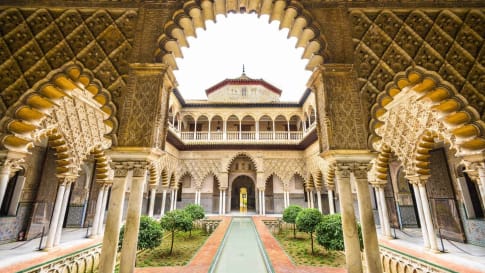
17 days
Mar, OctMoors in Spain
Visiting Spain
A small group tour of Spain exploring Spain's Moorish past. Your tour leader discovers and traces of the art, architecture, and culture and religious reign and of the Moors in Spain visiting their key cities of Madrid, Toledo, Seville and the cities of Andalusia.
From A$15,100 AUD
View Tour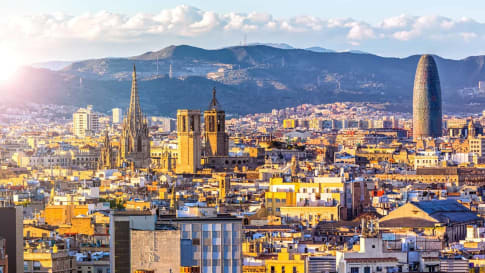
21 days
Apr, Sep, AugBarcelona Small Group Tour | The city explored in-depth
Visiting Spain
Small group journeys from one of the best small group tour companies Europe that delve into Barcelona's history, culture, and cuisine. Daily itineraries for couples and solo travellers with like minded people. An escorted tour of Barcelona based in an apartment with local guides sharing authentic experiences and knowledge.
From A$12,925 AUD
View Tour
21 days
Sep, MayDiscover Spain
Visiting Spain
Join this small group travel, 21-day tour of Spain. For couples or solo traveler with minimal single supplement has daily itineraries with local guides that provide authentic experiences for those who seek small group journeys. Escorted tour begins in Madrid, finishes in Barcelona.
From A$14,750 AUD
View Tour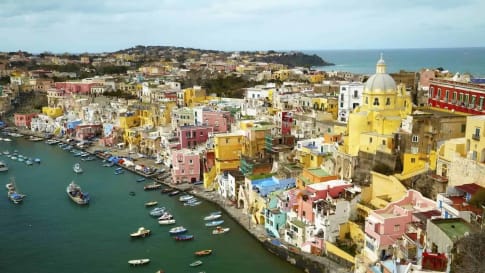
22 days
Jan, Apr, SepAncient History of Southern Italy & Sicily group tours
Visiting Italy
Our program for senior travellers, as well as featuring the rugged countryside of Southern Italy, also encompasses learning about the many civilisations that have shaped this land. We learn about the influence of the early Phoenicians, Greeks, Romans, Byzantines, Saracens, and Aragonese.
From A$16,995 AUD
View Tour
20 days
May, OctCaravaggio’s Journey | Small Group Tour in Italy
Visiting Italy, Malta
On this small group tour of Italy and Malta for mature and senior couples and solo travellers we trace the life of Caravaggio, exploring the artistic works he left behind and the tumultuous life he led. We follow him from his birthplace in Milan to Rome, Malta, Sicily and Naples. In each place he lived Caravaggio left behind a rich legacy of art for us to admire.
From A$15,125 AUD
View Tour
20 days
Sep, AprCrete Small Group Tour: The Minoans
Visiting Greece
Crete rich in UNESCO World heritage sites this small group escorted tour provides a travel experience for guests with experienced local guides to remember. For senior couples or single travellers who seek to travel with other like minded people to destinations rich in ancient history then this in one of many small group journeys to be enjoyed.
From A$13,500 AUD
View Tour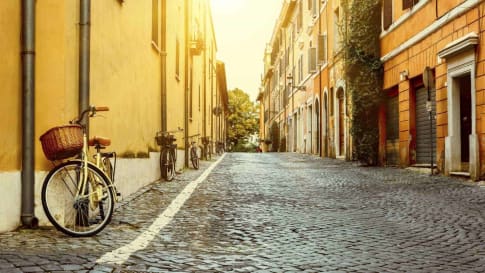
22 days
Sep, Apr, MarHeritage, Culture and History of Italy | Small Group Tours for Seniors
Visiting Italy
Rome, the world’s first superpower, lasted for almost a thousand years. In this small group tour for senior couples and solo travellers we thread our way through the Rome of the Emperors, then through the Italy of the Renaissance, Michelangelo, the Medici, and the Borgia. In the south, we visit the cosmopolitan city of Naples as well as Pompeii and the island retreat of Capri.
From A$13,695 AUD
View Tour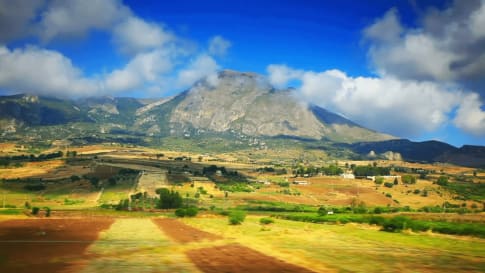
25 days
Apr, Sep, OctMediterranean Islands Small Group Tour | Malta, Sicily, Sardinia and Corsica
Visiting Corsica, Italy
For centuries Malta, Sicily, Sardinia and Corsica held the key to the Mediterranean. Unlike other European tour companies, Odyssey provides a tour leader and local guides to share detailed itineraries about the destinations on these small group journeys. This escorted tour of western Mediterranean explores the geography, history, culture and peoples of these 4 islands. Small group tour for mature couples and solo travellers. A reasonable single supplement is charged.
From A$19,750 AUD
View Tour
12 days
Apr, Oct, SepMalta & Sicily - Mediterranean Islands small group tour
Visiting Italy, Malta
For centuries Malta & Sicily, held the key to the Mediterranean. Unlike other European tour companies, Odyssey provides a tour leader and local guides to share detailed itineraries about the destinations on these small group journeys. For mature couples and solo travellers. A reasonable single supplement is charged.
From A$10,150 AUD
View Tour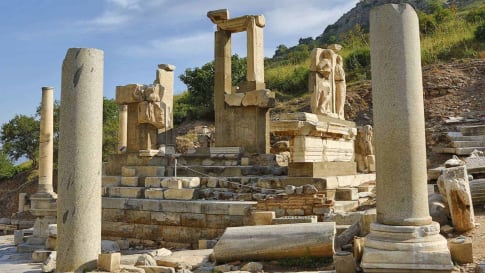
21 days
Aug, AprSmall group tour of Ancient Turkey
Visiting Turkey
As a travel company we seek to keep guests off the beaten path. Trips that are remembered for authentic experiences. Our small group journeys in Turkey are fully escorted by an experienced local guide and an Odyssey guide to give this type of experience whether at one of the many UNESCO World heritage sites explored or local bazaars. It is always about the adventure and memories that we will create.
From A$17,295 AUD
View Tour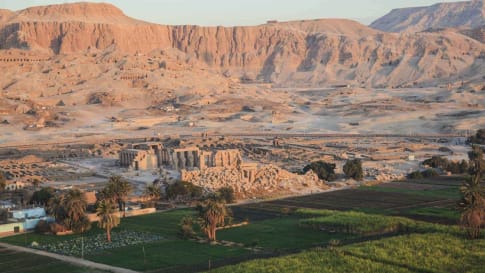
18 days
Jan, NovEgypt tour: escorted small group history & cultural tour of Egypt
Visiting Egypt
Our small group program for senior and mature couples and solo travelers takes us to contemporary feats such as the Aswan Dam and also to current crucibles of the Egyptian experience such as Tahrir Square. Proof, were it needed, that Egypt’s role as the pivot of civilisation is far from ended. There is the opportunity to visit our Morocco, Jordan or Iran tours before embarking on this tour of Egypt.
From A$12,950 AUD
View Tour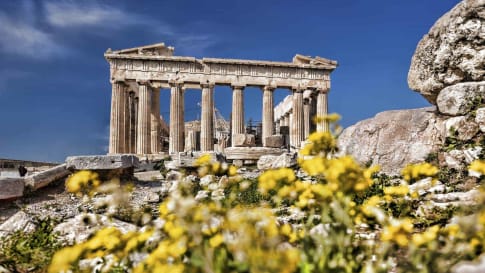
22 days
Apr, Sep, MayGreece small group escorted history tour
Visiting Greece
Our 22 day small group tour explores the land of great philosophers, myths, and legends. We will learn about the culture and heritage of modern Greece whilst exploring and learning Athens, which only found independence in its uprising from the Ottoman Empire in the 19th century.
From A$14,145 AUD
View Tour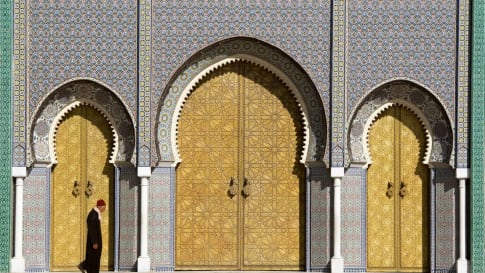
20 days
Apr, Oct, MarMorocco tour for senior travellers
Visiting Morocco
Embark on an unforgettable journey through Morocco: A Gateway to a world of vibrant colors, cultural diversity, and endless wonder. Join our escorted small group tour designed for senior travellers, whether you're a couple or a solo adventurer, and immerse yourself in the captivating allure of Casablanca, Fez, Meknes, Rabat, Marrakech and beyond. Experience the richness of Moroccan traditions and heritage as we explore this enchanting destination.
From A$11,915 AUD
View Tour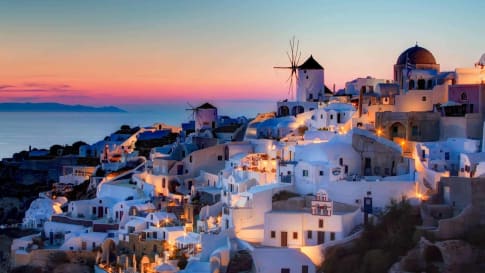
21 days
Apr, OctSantorini, Crete and Cyprus Small Group Tour | Eastern Mediterranean Islands Tour
Visiting Cyprus, Greece
A fascinating small group tour, with an amazing mix of culture and history – the islands of Greece, the cradle of Western civilisation, where traces of a centuries-old history exists. Visit Santorini, a remnant of a volcanic era; Crete, the home of the Minoan civilisation with important archaeological finds at Knossos and Phaistos. Rhodes, inhabited since the Stone Age; and venture further to the island of Cyprus, where east meets west.
From A$17,545 AUD
View Tour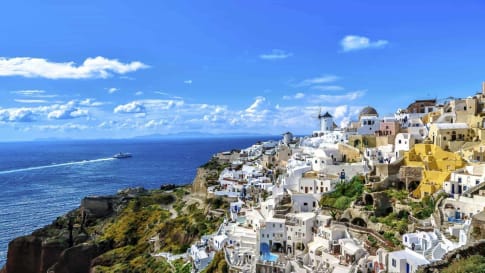
10 days
Apr, Oct, MarSantorini - Crete: Eastern-Mediterranean Islands Short tour
Visiting Greece
Join our small group short tour of the Eastern Mediterranean. Spend 10 days in Greece for a glimpse of the land of great philosophers, myths, and legends. We will learn about the culture and heritage of modern Greece while travelling from Athens to Santorini and over to Crete.
From A$9,375 AUD
View Tour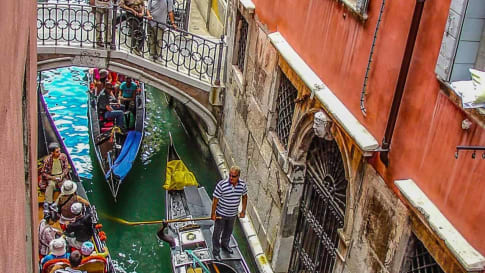
18 days
Sep, AprSmall group tour to Venice and Genoa
Visiting Italy
City pairs and rivalries exist. When spice, gold, steel swords and cloth where major commodities in the Mediterranean then Venice and Genoa fought for market share. Venice offered mercenaries, Genoa, banks. Italian history tour for those interested in joining a small group educational tour for senior couple and mature solo travellers.
From A$10,995 AUD
View Tour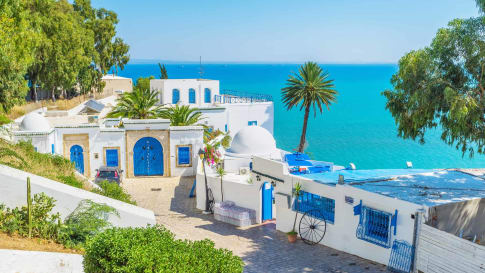
14 days
Apr, Sep, MarTour of Tunisia
Visiting Tunisia
Join Odyssey Traveller on this small group tour of Tunisia in North Africa for couples and solo travellers, where Carthaginian ruins sit side by side with Roman monuments, grand Islamic mosques, Arabic souks and medina, and honeycomb-like Berber cave dwellings and hilltop villages.
From A$10,995 AUD
View Tour
18 days
Mar, NovWalking in Greece
Visiting Greece
Visits to UNESCO World Heritage Sites introduced by local guides feature on this walking tour for mature couple and single travellers. The days itineraries to selected destinations provide authentic experiences in the remote parts of Greece. A single supplement is charged for solo travelers on these small group journeys.
From A$11,715 AUD
View TourRelated Articles
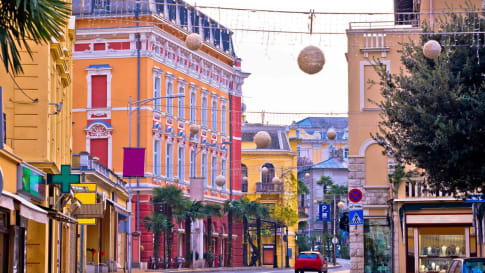
A history of medieval Croatia: The Definitive Guide
The ‘unfaithful Croats’: A history of medieval Croatia. When you think of Croatia, what comes to mind? For many travellers it’s a series of vivid colours: the blue of the Adriatic, the yellow beaches of…
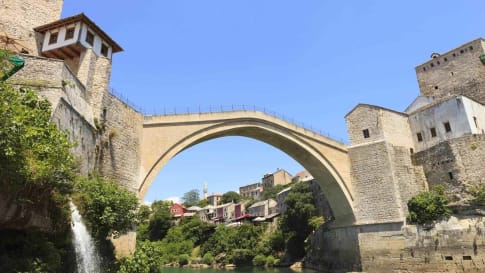
A History of the Balkans: Albania and North Macedonia
Sprawling eastwards from the doorstep of Western Europe, the Balkan region has had a long, convoluted and fascinating history. Read on to learn about the region’s history, starting with the problem of the ‘Balkans’, and the region's history up until World War I. From here, the thread is taken up by the stories of Albania and North Macedonia, two overlooked but fascinating examples of Balkan statehood in the 20th century.
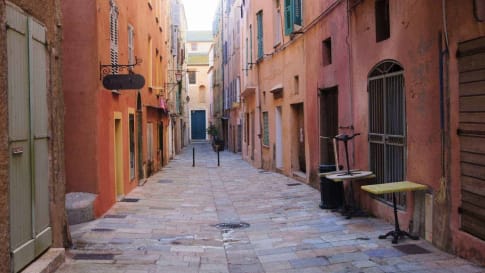
About Malta, Sicily, Sardinia and Corsica: islands of the western Mediterranean
For senior and mature travellers taking a small group tour to Malta, Sicily, Sardinia and Corsica, this paper answers questions and provides the historical context of a small group tour for couples and solo travellers to the Historic Mediterranean sea.
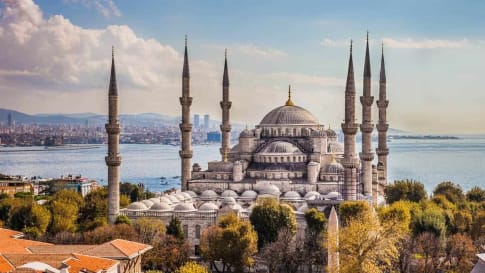
An overview of the history of Turkey for the escorted traveller.
For the senior traveller Turkey is an interesting continuum in human settlement from Neolithic to the Romans through to Ottoman period. Enjoy one on the best guided small group tours of Turkey after reading this article.
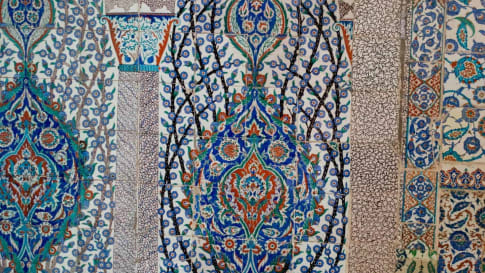
Anatolia to Ottoman Empire: Definitive Guide for Travellers
Turkey: From Anatolia to the Ottoman Empire | Small group history tours Turkey The Ottoman Empire, also historically known in the West as the Turkish Empire, was a superpower that lasted for 600 years. Parcelled…
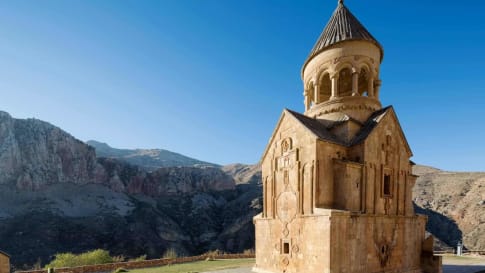
Armenia's Religious Architecture: The Definitive Guide
Buildings and Christianity in Armenia | Small Group Tours Armenia In this post, we will look at examples of Armenia’s buildings and building design before and after its conversion to Christianity. These buildings represent some…

Early History of Sicily: From the Phoenicians to the Arab Conquest
Early History of Sicily: From the Phoenicians to the Arab Conquest (800 BC to the 10th Century) Sicily in Southern Italy is the largest island in the Mediterranean, separated from the mainland by the Strait…
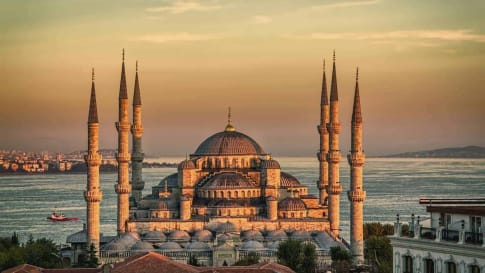
Istanbul, Imperial City: The Definitive Guide
Istanbul, Imperial City | Small Group History Tours Turkey For more than a thousand years, Constantinople stood as the capital of the Byzantine Empire, surviving numerous attacks and internal rebellions, until the cannons of the…

Juma Mosque Azerbaijan
The Juma mosque is included this small group tour of the Caucasus region for mature and senior travellers as part of the tour program for Azerbaijan. The Caucasus tour also visits Armenia and Georgia.
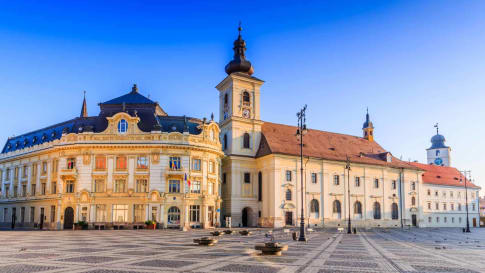
Questions about Romania
Escorted small group tours for mature and senior travellers to Romania. Designed for couples and solo travellers who like to explore and enjoy learning as they travel to the George Enescu Festival or venturing into Transylvania.
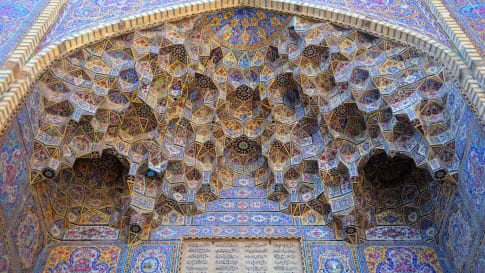
Beauty and Artistry in Iran: The Persian Garden and Persian Mosaic Tiles
Guide to Persian Mosaics and Gardens | Small group tours Iran Beauty and artistry can be seen everywhere in Iran, and its philosophy and religious beliefs are reflected in the country’s public and private spaces.…
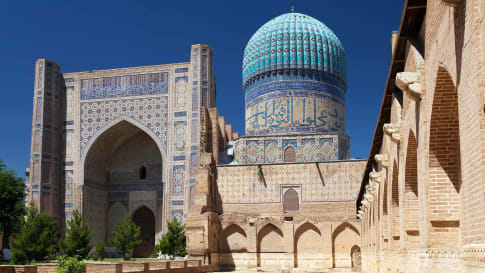
Elements of Mosque Architecture
The word "mosque" often brings to mind not this simple prayer space, but the ornately decorated monuments built by powerful Islamic rulers.
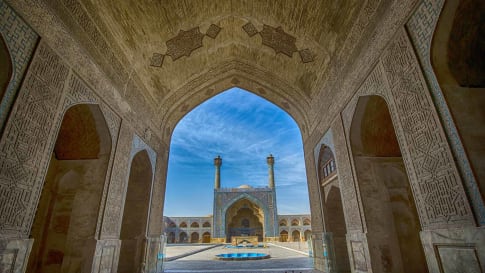
History of Mosques in Iran and Central Asia
During the Islamic period of Iran, glazed bricks were used to create breathtaking and mesmerising wall and ceiling designs in mosques. Click through to read more.

